If you often watch Chinese historical dramas, certainly have an impression of the ancient Chinese official hats, especially the Wu Sha Mao, people are still accustomed to the "Wu Sha Mao" as a symbol of the official, "lost the Wu Sha Mao" means be dismissed from office.
Today to introduce the history and characteristics of the Wu Sha Mao and other periods in the history of the Chinese official hats.
Wu Sha Mao (乌纱帽, black gauze cap) is an ancient official hat, the original is a common civilian cap, the official wear Wu Sha Mao originated in the East Jin Dynasty, but as a component of the official uniform, began in the Sui dynasty, flourished in the Tang dynasty, to the Song dynasty, plus the "double wing", after the Ming dynasty, Wu Sha Mao only formally become a synonym for officials.
The origin and shape of the Wu Sha Mao
Wu Sha Mao is evolved from the Futou (幞头) in Sui and Tang Dynasty, and it is also directly called "Zhe Shang Jin (折上巾)" in the official literature of Song Dynasty.
The Futou was originally a black square fabric with four corners, and after covering the top of the head, the two corners were knotted and sagged at the back, and the two corners were folded back to the top of the head and knotted and fixed, so it was also called "Zhe Shang Jin (folded upward scarf)".
The two corners knotted behind the turban are the predecessors of the "Shuang Chi (双翅, double wings)".
After the two small corners of the Futou were knotted and dangling behind, people gradually felt that they were not beautiful or dignified enough, so they tried to do all kinds of exaggerated transformations and fix them, and the two corners became the decorative focus of the Futou.
During the three hundred years from the early Tang Dynasty to the late Tang Dynasty, it became longer and longer, and the bones were added and bent into various fixed shapes.
In the early Sui Dynasty, the turban was mostly softly wrapped with soft corners.
In the early Tang Dynasty, the old system was followed; after the early Tang Dynasty, the two corners hanging behind the head were gradually lengthened, called Chang Jiao Luo Futou (长脚罗幞头).
In the middle Tang Dynasty, the two corners were gradually shortened, and some of them were reverted to face upward, called Qiao Jiao Futou (翘脚幞头); in the late Tang Dynasty, the flat Futou corners elongated to the left and right were gradually popular.
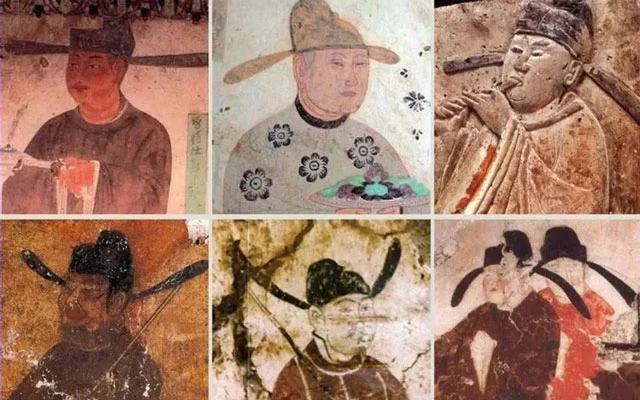
The Futou in the mural paintings of the late Tang and Five Dynasties periods
This kind of spreading corner Futou (展脚幞头) was not exclusive for officials when it appeared, but was a kind of hat that could be worn by all people.
At that time, from the emperor, to the officials, even musicians, guards, and actors, anyone could wear it, and it was used on many occasions.
As we can see from the mural paintings, Tang Dynasty, Five Dynasties period, Liao Dynasty, Song Dynasty, and Jin Dynasty, many door guards, musicians, and even working servants used the spreading corner Futou.

Futou in mural paintings of the Five Dynasties, Liao and Song dynasties
The long wings on both sides of the hat in the Song Dynasty are actually also an exaggerated decoration developed from the Futou corners which originally played the role of knotting, and gradually stiffened and dignified in the long-term evolution over centuries. Objectively, it also played a solemn and dignified effect.

Emperors of the Song Dynasty who wore Futou
Wu Sha Mao in the Ming Dynasty
By the Ming Dynasty period, Ming Taizu tried his best to restore the Hanfu system of the Tang and Song dynasties, while the Gong Fu (公服, official uniforms) worn by Ming officials followed those of the Song dynasty.
The Chang Fu (常服, regular uniform) consisted of a round-necked robe with a spreading corner Futou, commonly known as the Wu Sha Mao.
The material of the cap tires, bamboo, wood, or paper, and the two unfolded wings of the cap were thin black yarn.
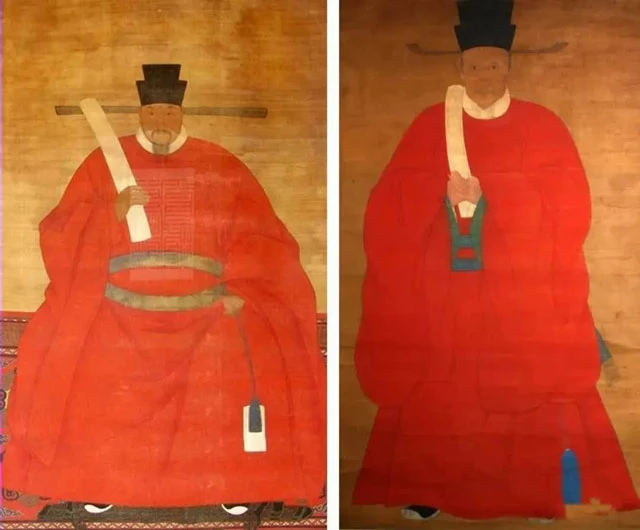
A portrait of a Ming Dynasty official wearing a spreading corner Futou
And the emperor wears the Wu Sha Mao, the shape is two wings folded upward, so called "Yi Shan Guan (翼善冠)". The structure is divided into the folded corner, Houshan (后山) and Qianwu (前屋).
The folding corner of the head is folded upward, like the two dots in the upper part of the character "善", while the Qianwu looks like the character "口" in the lower part of the character "善" from the front.
The design of this structure of the Qianwu and the Houshan is closely related to the ancient way of hair storage.
In ancient times, people grew their hair in a bun, and the structure of the Qianwu and the Houshan is a perfect solution to the inconvenience caused by this way of growing hair.
At the beginning of the Ming Dynasty, the Wuzha Yi Shan Guan did not have any decoration, only two pointed corners erected at the back.
It was only in the middle and late Ming Dynasty, during the reign of Ming Mu Zong (the twelfth emperor of the Ming Dynasty), that the Yi Shan Guan began to be decorated with two dragons playing with pearls.
This change also illustrates the developed handicraft and economy of the Ming Dynasty and the changing aesthetics of the times.
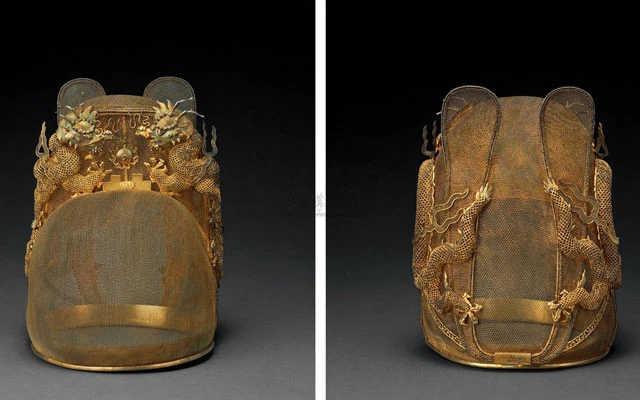
Gold Yi Shan Guan - Collection of Dingling Museum
The gold Yi Shan Guan all with gold wire braided gold crown production using Qiasi (掐丝), Leisi (累丝), Masi (码丝), welding and other processes, is the highest level of the Ming Dynasty gold and silver production process masterpiece, is also the only surviving imperial gold crown in China so far.
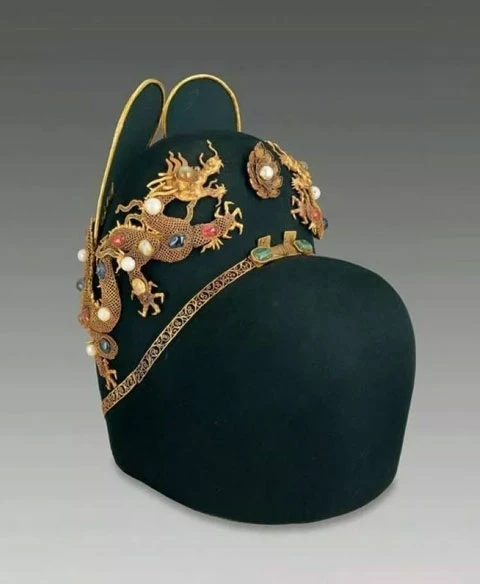
Wu Sha Yi Shan Guan - Collection of Dingling Museum
And the crown of this Wu Sha Yi Shan Guan, the Houshan embedded two dragons playing pearl, the dragon body with gold base silk knitting and inlaid with various colors of gemstones. The golden dragon body with black gauze is extremely dynamic.
Chinese official hats of other periods
In the dynasty in which the ethnic minorities were in power, the official hats naturally carried the characteristics of the ethnic minorities.
Chinese official hats during the Yuan Dynasty
During the Yuan Dynasty, the official uniforms of civil officials and military officials were different. Civilian officials inherited the previous dynasty, with a Wu Sha Mao; while military officials wear Bo Li Guan (钹笠冠) - such as a round hat, shaped like a cymbal, function equivalent to the current sun hat.
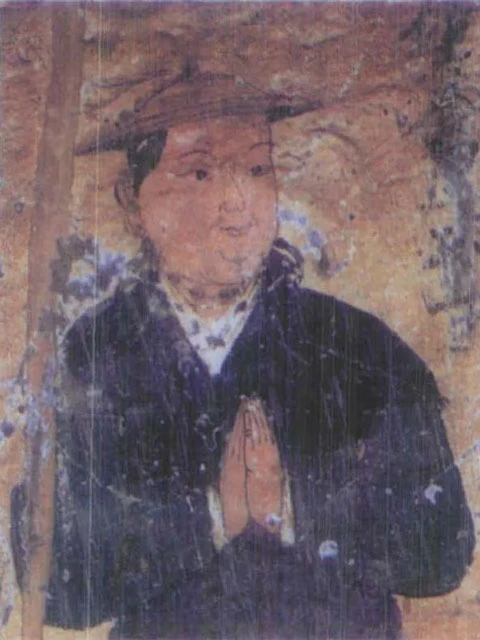
An official wearing Bo Li Guan in the Dunhuang mural
However, in winter, in order to keep warm, men would wear a Xi Ying Guan (栖鹰冠), also known as a Nuan Mao (暖帽, warm hat).
Mongolians believe in shamanism, and the "Ying (eagle)" is an important totem in shamanism. The crown of the eagle contains the Mongolian people's special feelings for the eagle and the worship of the power it possesses.
Chinese official hats during the Qing Dynasty
Qing dynasty official hat is also divided into winter wear Nuan Mao and summer wear Liang Mao (凉帽, cool hat). Nuan Mao of the hat body for the cylinder, made of mink, fox and other skins, brim up, the top surface of the hat was conical; Liang Mao for inverted flared mouth type, with rattan silk, bamboo silk woven into.
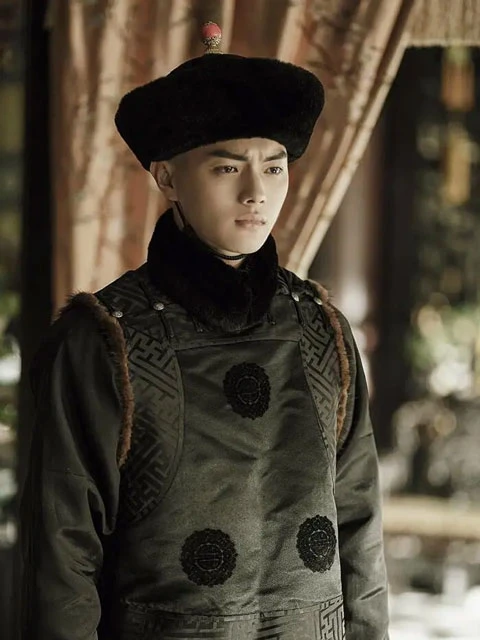
From the point of view of use, the Qing dynasty official hat is also divided into Chao Guan (朝冠), Ji Fu Guan (吉服冠) and Chang Fu Guan (常服冠).
General official hats have towering jewel hat top and beautiful Yuling (plume), and this to distinguish the official level and respect.
Qing dynasty crown hat on the Yuling is divided into two kinds of Hua Yuling (花羽翎, flower plume) and Lan Yuling (蓝羽翎, blue plume), to the Hua Yuling for honored.
Hua Yuling is the tail of the peacock with "Mu Yun (目晕)" plume, the more Mu Yun of the Hua Yuling said the more prestigious status.
The above is all about ancient Chinese official hats, more about traditional Hanfu hats:
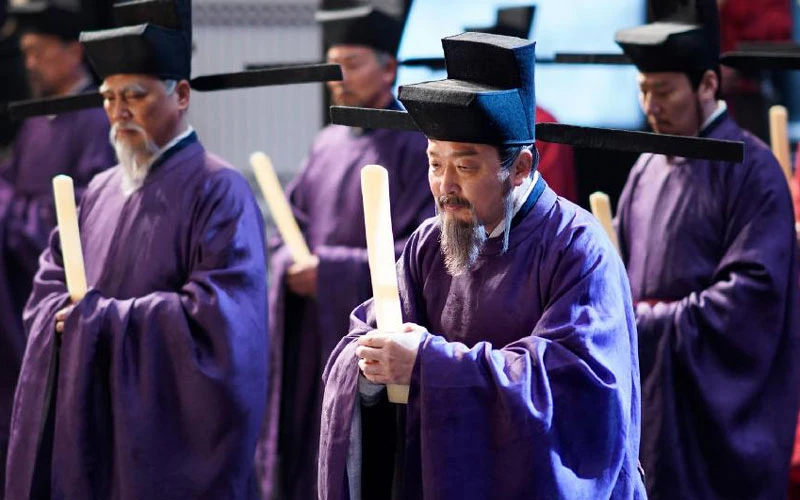
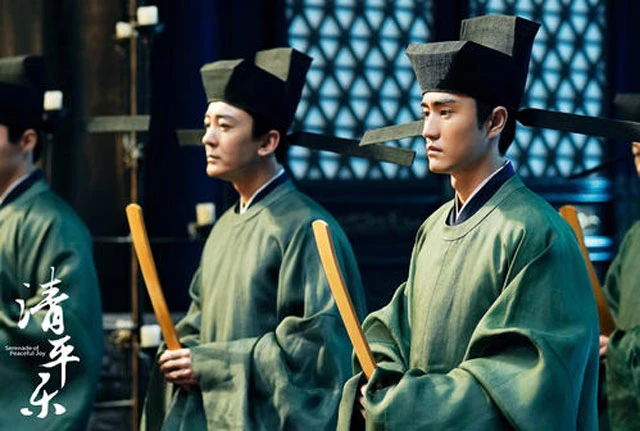



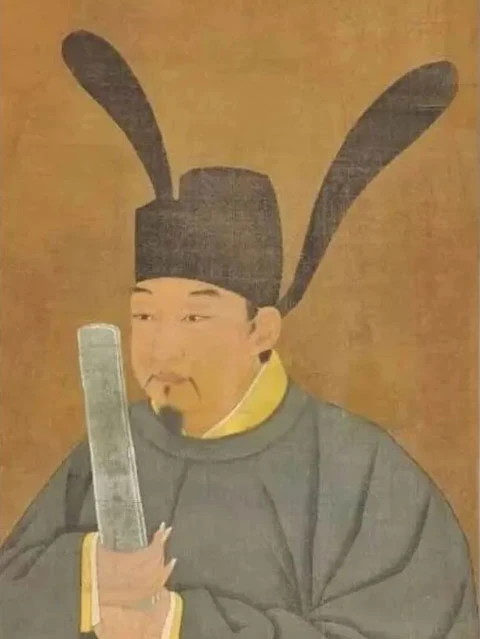
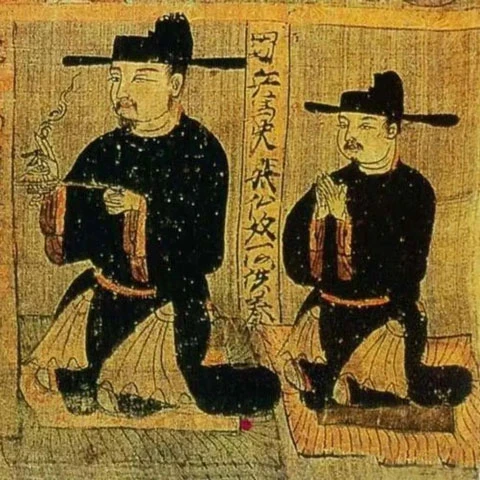

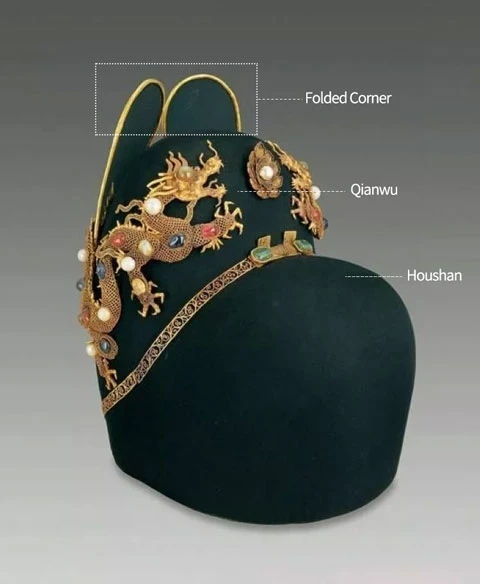
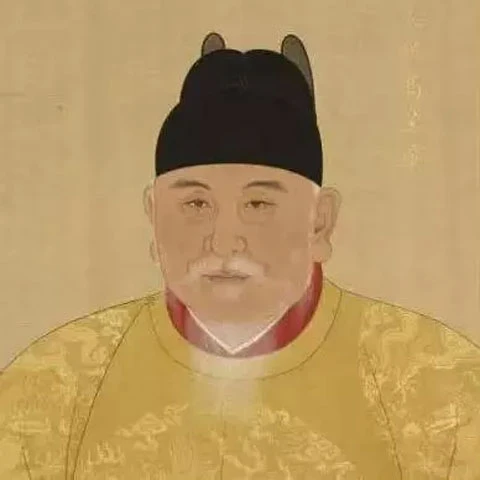

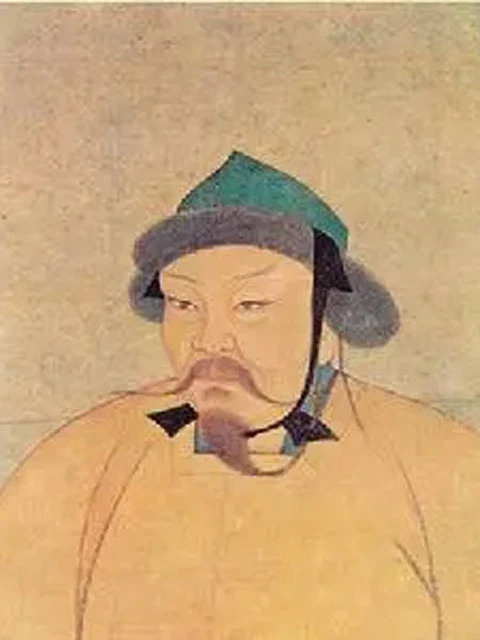
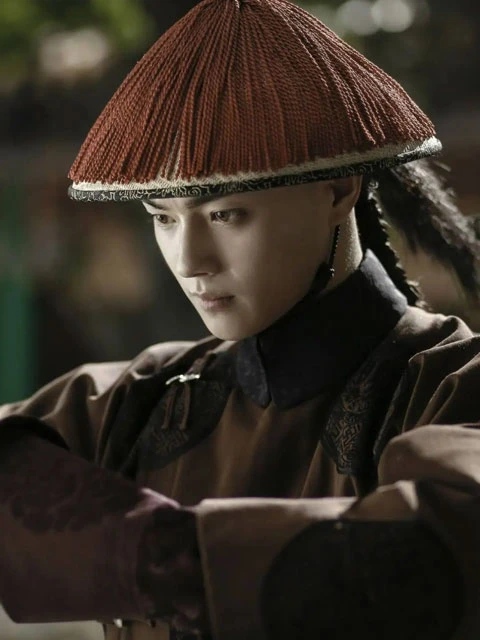

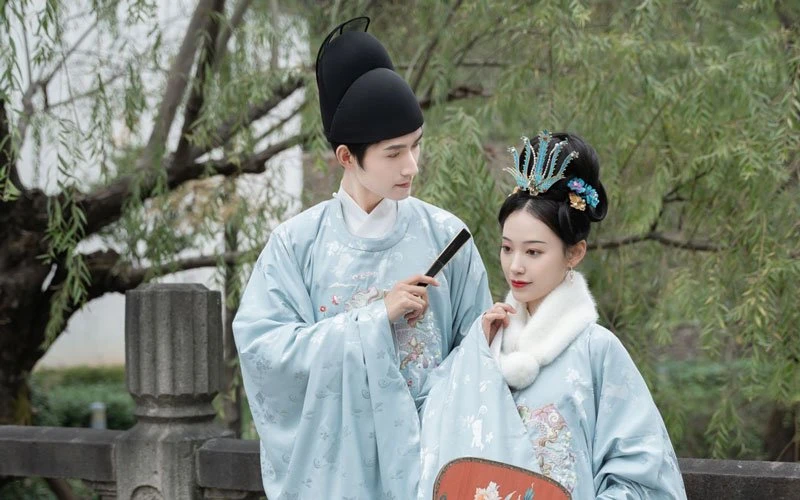
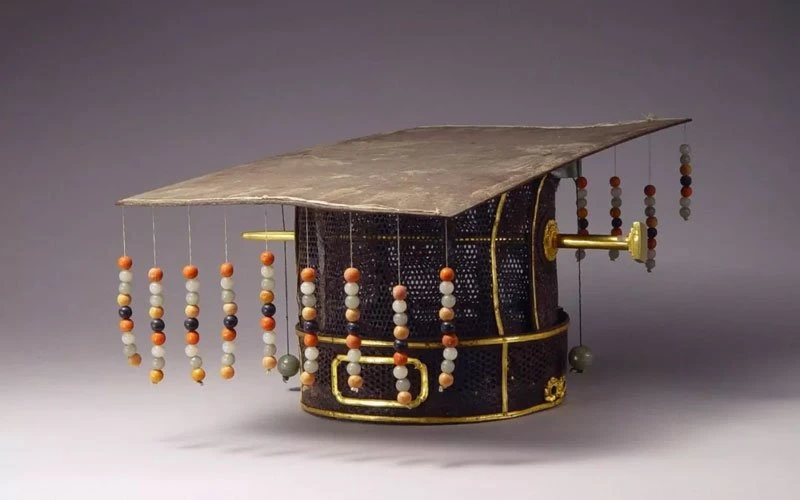

Begitu berharganya disaat itu, topi sama dengan harga diri
Topi merupakan identitas para pejabat